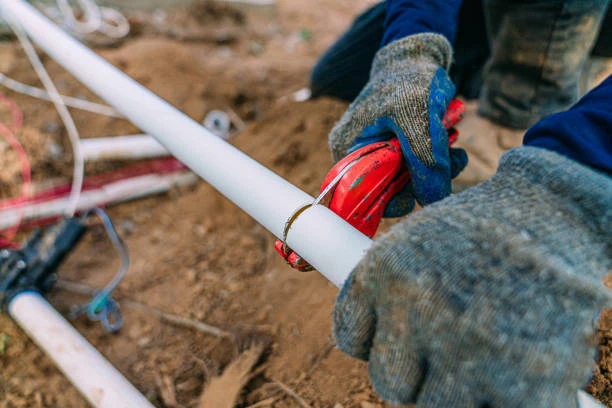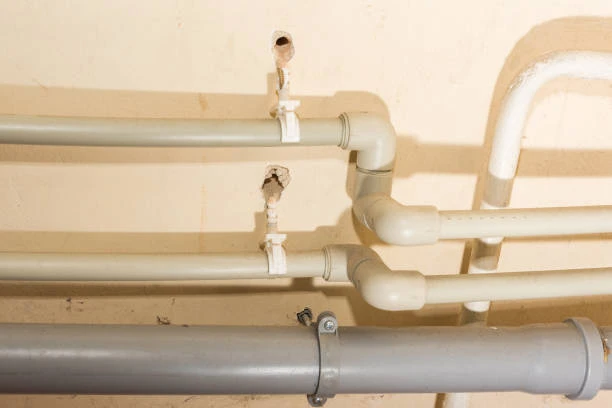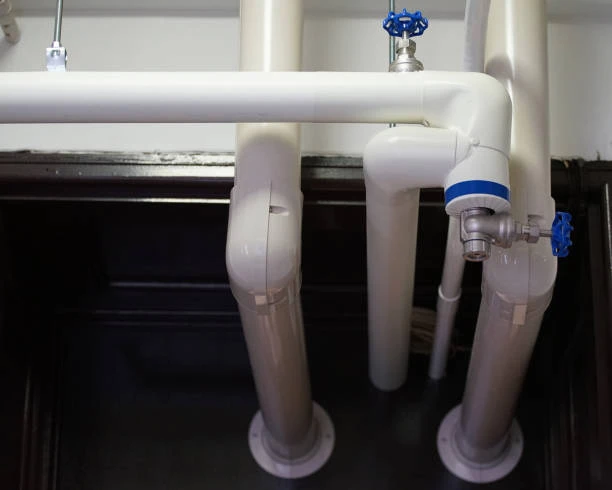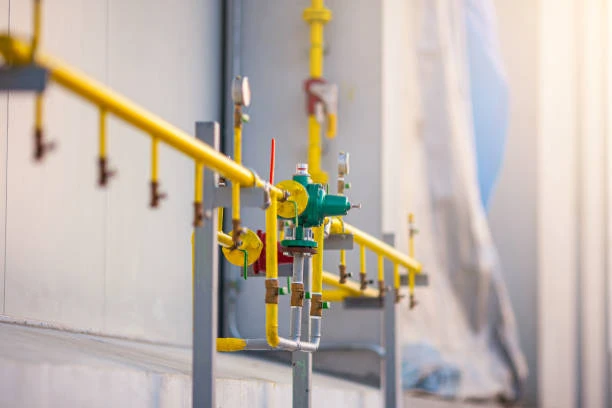1. Introduction to PPR Pipe Insulation
P-PR pipe insulation plays a critical role in modern plumbing systems. It ensures durability, maintains water temperature, and prevents heat loss. Regular inspection of PPR pipes keeps systems efficient and prevents costly damages. Neglecting this essential task may lead to leaks, reduced efficiency, and unexpected failures.
Understanding the components of PPR pipes is vital. They are widely used for their thermal resistance, long lifespan, and easy installation. Insulation enhances these benefits by reducing external wear and internal damage. Always start inspections with a clear understanding of the pipe’s purpose and insulation type.
Regular inspection schedules help identify early signs of damage or wear. Systematic evaluations ensure the pipe’s insulation remains intact and effective. Plan inspections at least annually for optimal maintenance.
2. Assessing Physical Damage
Physical damage is a common issue in PPR pipe systems. Scratches, dents, and cracks compromise the pipe’s insulation. Inspect the surface closely during routine checks.
Look for discoloration, which often indicates heat exposure. Warped or misshapen sections suggest prolonged stress or pressure. Use a flashlight to examine hard-to-reach areas thoroughly.
For example, pipes in outdoor areas may develop cracks due to UV exposure. Apply protective coatings to prevent this. Replace any damaged sections promptly to maintain the system’s integrity.
Consistent monitoring of physical condition prevents extensive repairs. Always keep a repair kit handy for immediate action. This proactive approach minimizes downtime and maintains water quality.
3. Checking for Leaks
Leaks are a major concern for insulated PPR pipes. They lead to water waste and insulation inefficiency. Check joints, connectors, and valves regularly for signs of leakage.
Use your hands to feel for moisture around joints. Water stains on walls or ceilings often signal hidden leaks. Place a bucket under suspected areas to confirm the leak’s source.
For instance, if a bathroom pipe frequently leaks, inspect its joint seals. Replace worn-out seals or use waterproof tape for temporary fixes. Ignoring leaks leads to higher water bills and potential structural damage.
Quick action after detecting leaks preserves insulation and prevents mold growth. Always prioritize repair over delay to maintain system reliability.
4. Evaluating Insulation Thickness
Proper insulation thickness is crucial for energy efficiency. Inspect the insulation’s thickness during routine checks to ensure it meets the required standards.
Measure the insulation with a caliper or specialized tool. Compare it to the manufacturer’s specifications. Insufficient insulation increases energy loss and raises utility costs.
For example, pipes in colder regions may need thicker insulation to prevent freezing. Upgrade insulation if current levels fail to meet temperature requirements. Regular assessments ensure that the system stays energy-efficient.
Maintaining correct insulation thickness enhances PPR pipe durability and reduces operational costs. Consistent evaluation ensures optimal system performance.
5. Monitoring Temperature and Pressure Levels
Temperature and pressure fluctuations stress P-PR pipe insulation. Regularly check these levels to prevent overloading the system.
Install gauges to monitor temperature and pressure consistently. Keep readings within the manufacturer’s recommended range. Excessive pressure weakens insulation and shortens pipe lifespan.
For example, industrial settings often experience high pressure. Use pressure relief valves to stabilize the system. Document readings during each inspection to track any deviations.
By maintaining stable conditions, you protect the insulation and prevent premature wear. Consistent monitoring ensures safe and efficient system operation.
6. Identifying Signs of Corrosion
Corrosion weakens PPR pipe insulation over time. Identify early signs during inspections to prevent severe damage.
Look for rust, flaking, or powdery residues on pipe surfaces. These indicate moisture infiltration and material degradation. Check areas near fittings and joints where corrosion often starts.
For instance, pipes exposed to harsh chemicals are prone to corrosion. Use corrosion-resistant coatings to protect these sections. Replace heavily corroded parts to restore system integrity.
Addressing corrosion promptly ensures the longevity of PPR pipe insulation. Routine checks help maintain a reliable plumbing system.
7. Inspecting Support and Alignment
Proper support and alignment maintain the effectiveness of PPR pipe insulation. Inspect brackets, hangers, and clamps to ensure they provide adequate support.
Check for sagging or misaligned pipes during inspections. Misalignment causes unnecessary stress on insulation and pipe joints. Adjust supports immediately to restore alignment.
For example, ceiling-mounted pipes often require reinforced brackets to prevent sagging. Tighten loose clamps or replace them with sturdier options. This ensures even weight distribution and system stability.
Regular support inspections prevent unnecessary strain on the system. Maintaining proper alignment protects both the pipe and its insulation.
8. Cleaning and Maintenance Practices
Regular cleaning enhances P-PR pipe insulation longevity. Dust and debris accumulation degrade insulation over time.
Wipe pipes with a soft cloth and mild cleaning agent during routine checks. Avoid harsh chemicals that may damage the insulation. Focus on hard-to-reach areas prone to debris buildup.
For example, pipes in industrial settings often collect grime. Use compressed air to clean these areas effectively. Schedule periodic deep cleaning to remove stubborn dirt.
Effective cleaning preserves insulation quality and system efficiency. Combine cleaning with maintenance tasks to streamline inspections and extend the pipe’s lifespan.
In conclusion, periodic inspection of PPR pipe insulation is crucial for maintaining efficiency and reliability. Regular checks for damage, leaks, and proper support ensure the system’s longevity. By addressing issues promptly and following best practices, you optimize performance and reduce long-term costs.
PPR productsinternational standards
The IFAN PPR piping system adheres to international standards, including ISO 15874 series, EN 15874 series, ASTM F2389, DIN 8077/8078, GB/T 18742 series, and NBR 15884.
Connect
IFAN is a Chinese manufacturer of plastic pipes, fittings and valves with 30 years of experience. If you are interest in IFAN copper fittings, copper valves, plastic pipes and fittings, please contact us. IFAN offers you a variety of standard pipes to meet your specific needs. Click below to learn more about IFAN’s wide range of affordable and cost-effective valve products and piping system related products.
We will reply your email or fax within 24 hours.
You can call us at any time if there is any question on our production.
For more information,pls visit our webside https://waterpipefitting.com/
Pls Mailto: [email protected]
Whatsapp: + 86 19857948982














Recent Comments